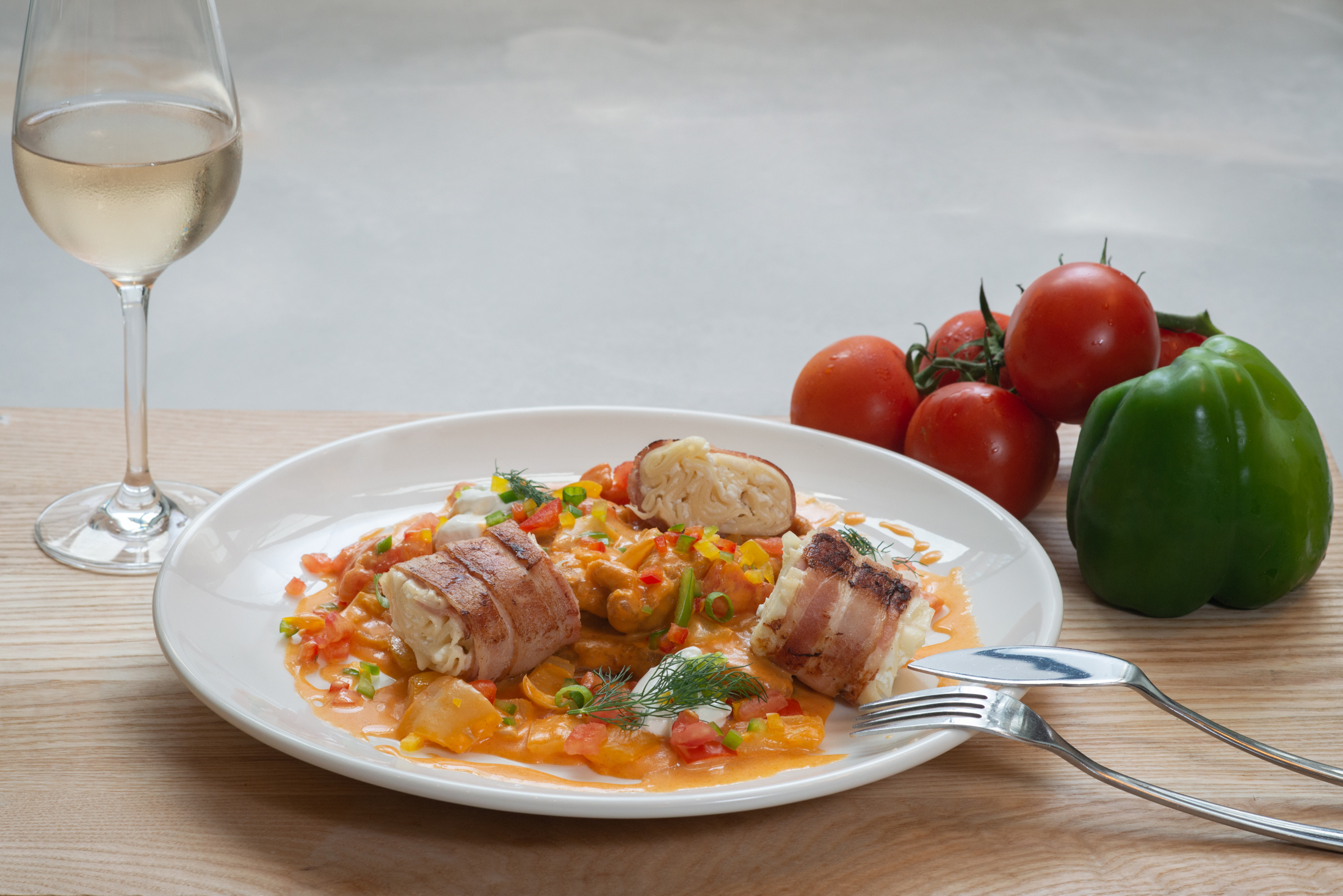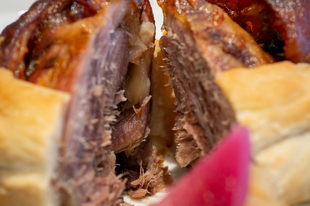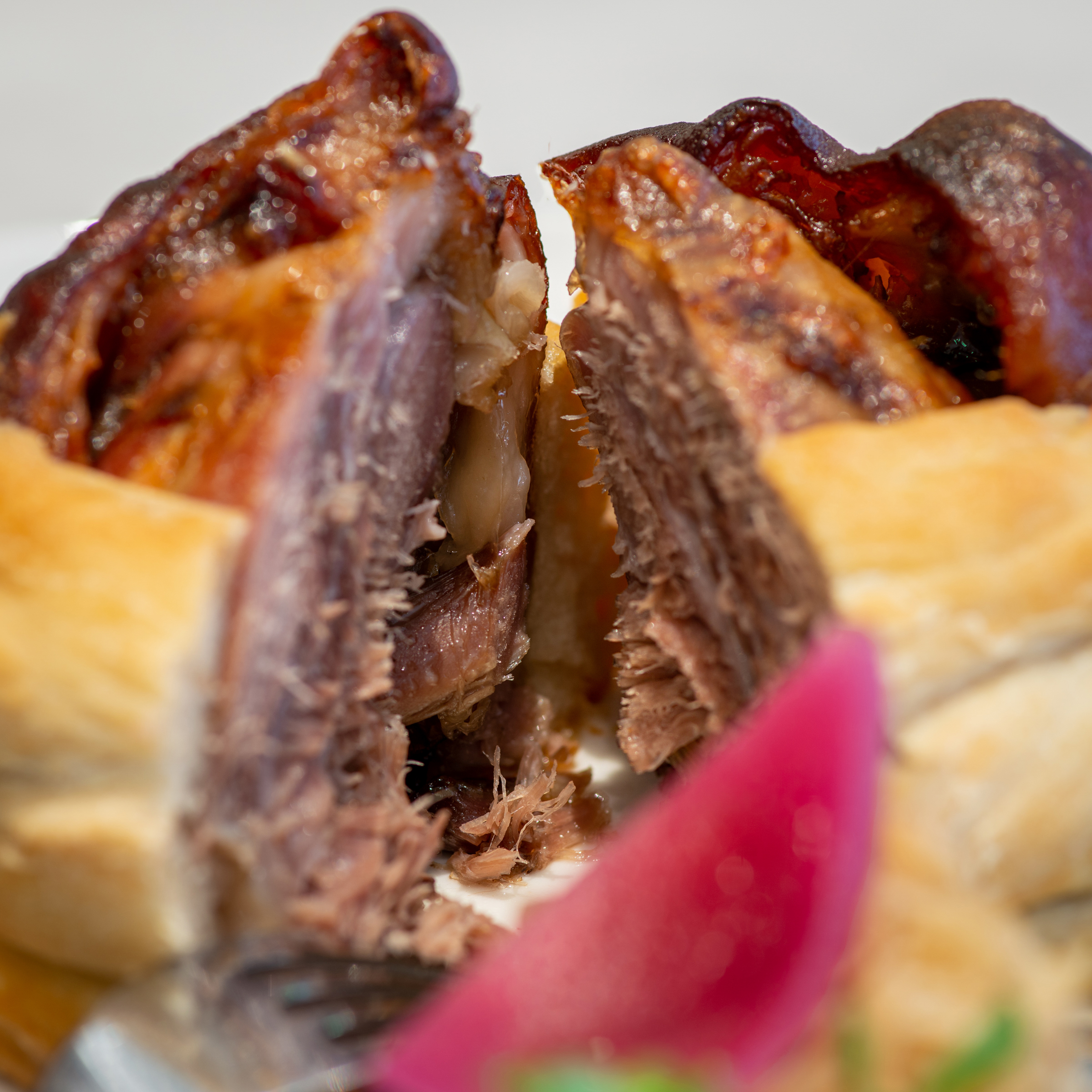
Whether Hungarian cuisine even exists was an essential question of the gastro revolution, when Hungarian gastronomy broke free of the shallow, almost industrial hospitality services. Is there such a thing as explicitly Hungarian cuisine? Are there especially Hungarian dishes? Some argue that Hungarian cuisine does not exist. Other people insist on the existence and richness of the Hungarian cuisine with its unique and independent character.
I am interested in the topic as well, as I have observed the transformation of Hungarian hospitality services for quite some time, as well as the changes occurring in the trends of at-home cooking in the past few decades.
To address this question I will rely on the insights of gastronomy experts, authors, cooks and chefs. Before we get started, I would like to clarify that I will not dive deep into the history of Hungarian cuisine as this is not the place for that (it would easily fill a book), instead I will summarize how we think about the Hungarian cuisine and its characteristics.
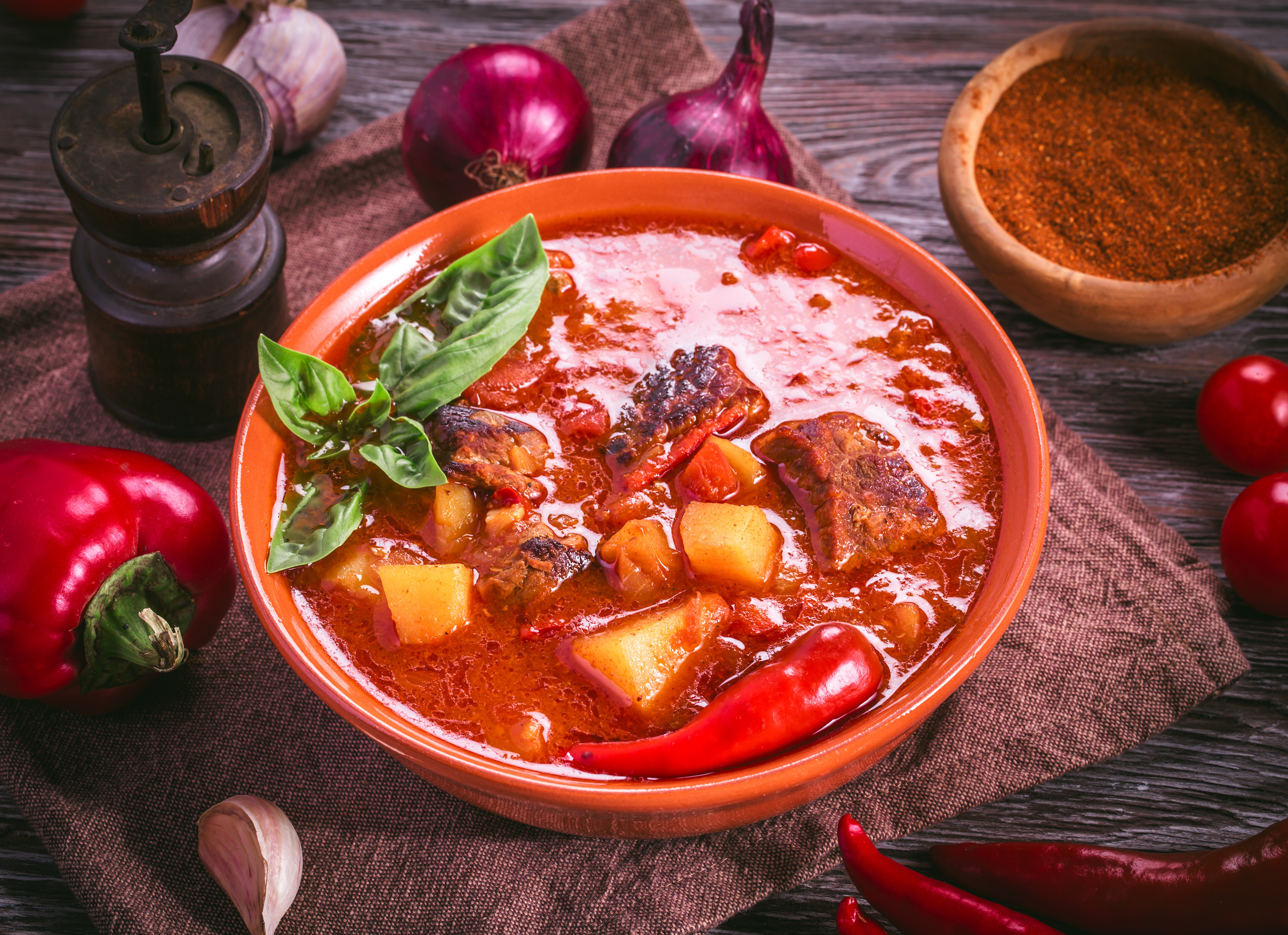 Photo: Bowl of goulash. Traditional hungarian meal.
Photo: Bowl of goulash. Traditional hungarian meal.
The Hungarian cuisine was famous and renowned in the old centuries already; ever since our ancestors had settled in the country of the four rivers their taste kept developing, the range of their dishes kept expanding, the myths about meat softened under the saddle and mare’s milk slowly faded, then game and fish and ev'ry dish were served by the Hungarian women with abundant variety for their men returning from fields of battle or from peaceful work - writes Elek Magyar in his book Az Ínyesmester szakácskönyve [The Cookery Book of the Gastronome].
What could he mean by the developing taste of Hungarians and their expanding range of dishes?
Probably the fact, that by settling in the Carpathian basin and taking up husbandry, the repository of ingredients expanded, and with the settling Italian, German, French, etc. craftsmen, priests, scientists, courtiers, with different ethnic groups arriving at and settling in Hungary came the new technologies, new dishes and alternate spices. This was further transformed by the Osman rule, or by the gastronomy of those settling in their wake.
We, Hungarians assimilated everything into our cuisine that was seen fit, from pastas to rolled, filled meats, and we added a little playfulness, an extra twist to it. We combined the various traditions and formed them to our taste.
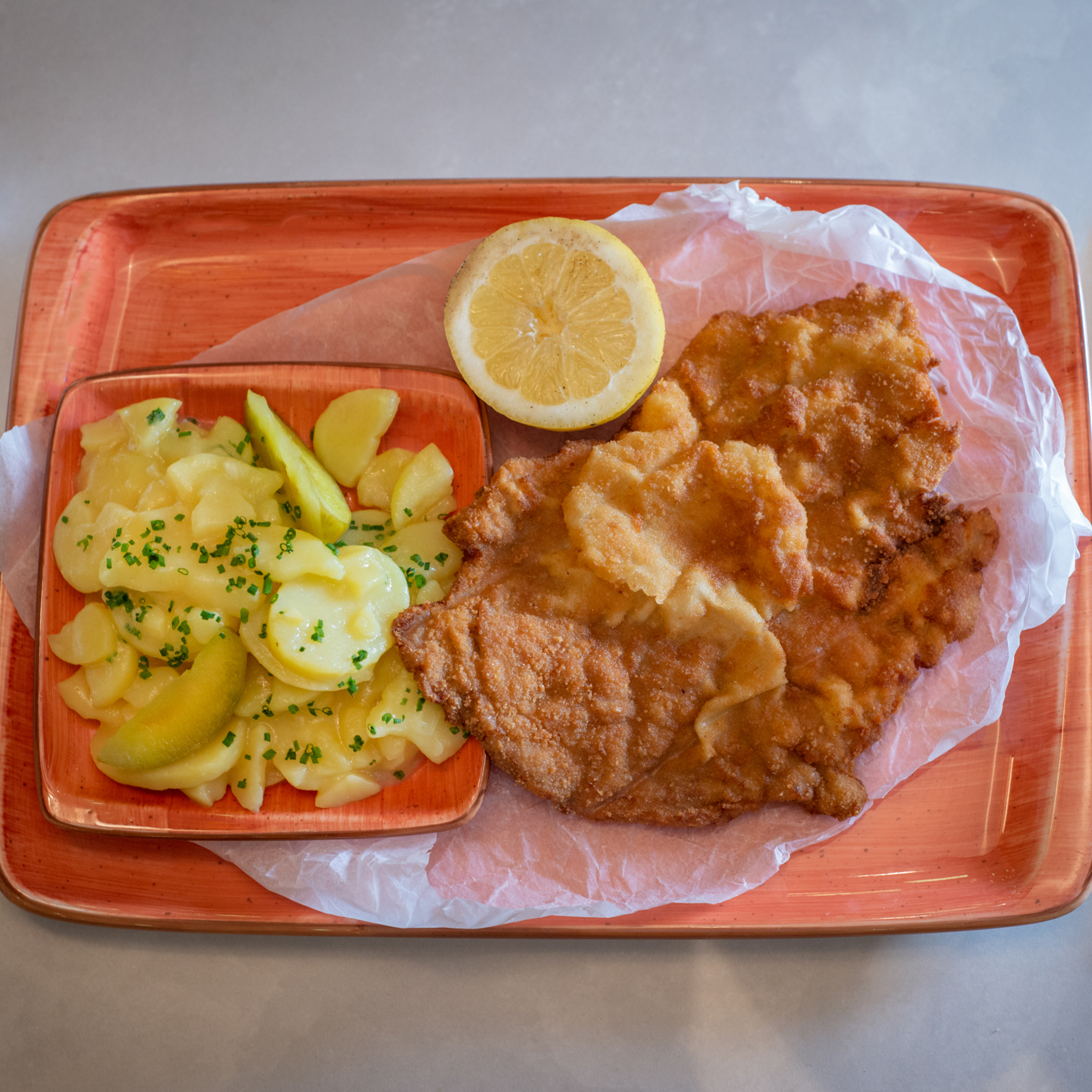
Interesting, moreover wonderful Hungarian cookery books were written and have survived as reminders of old times
“Interesting, moreover wonderful Hungarian cookery books were written and have survived as reminders of old times of the glamour and abundancy gleaming in the dining halls of Hungarian lords” Elek Magyar continued. “In the courts of princes, palatines and other aristocrats, great masters and chief masters of distinction proved their skills, such as Master Antal and Mihály, in the early 16th century around the time of the Battle of Mohács.”
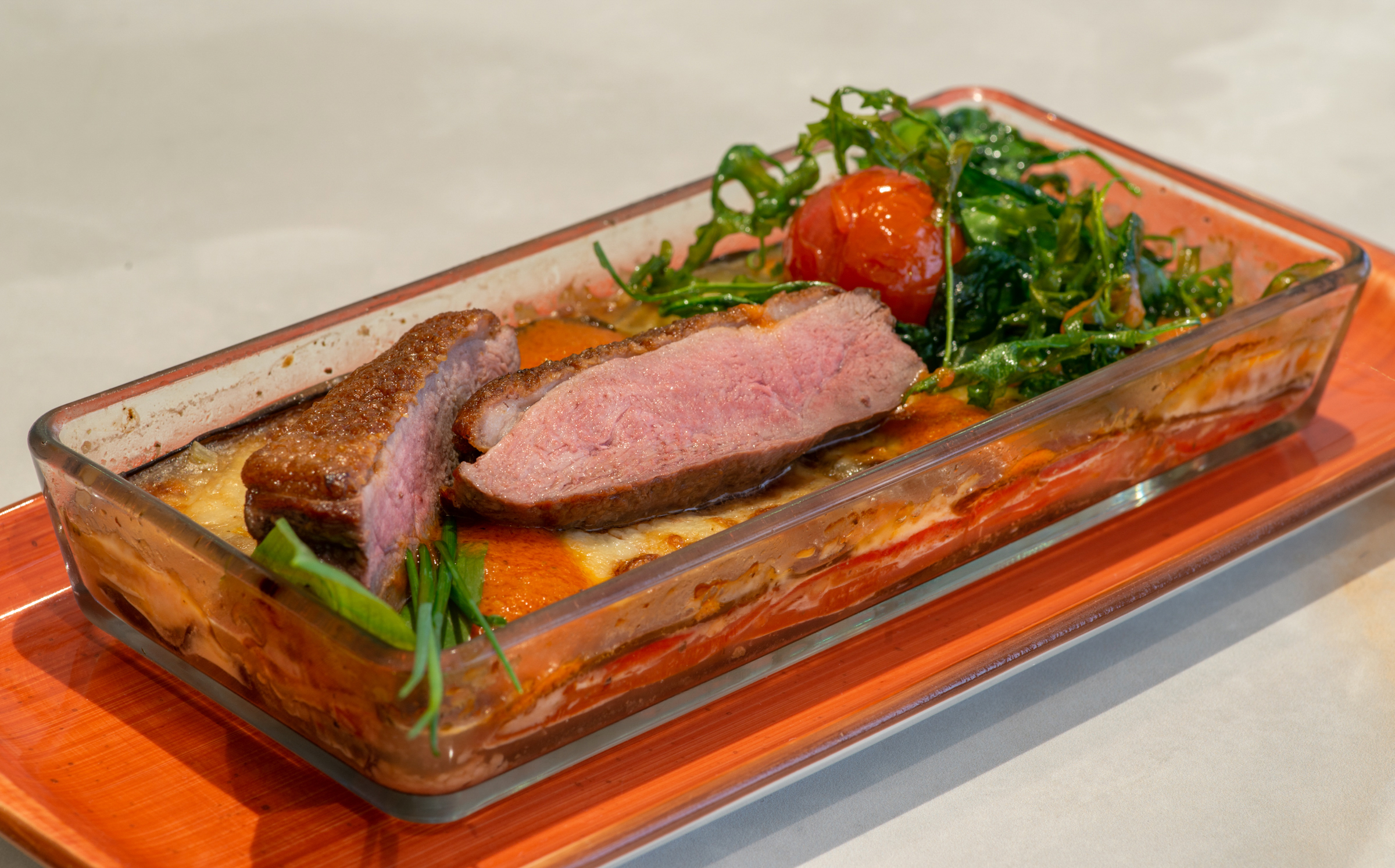 Photo: Thyme Duck Breast with Layered Eggplant (zsolnaycafe.hu)
Photo: Thyme Duck Breast with Layered Eggplant (zsolnaycafe.hu)
And afterwards, especially during the 19th century, the famous French cuisine had a significant influence as well - perhaps not on the everyday households, but rather on restaurants and the kitchens of well-off citizens and aristocrats. József Dobos C. gives a taste of this in his Magyar-franczia szakácskönyv [Hungarian-French Cookery Cook], in which he says: “The diverse field of culinary art has spread over the whole world: each nation has its own national dishes.” He also mentions that the art of cooking has to be learned, and in his book he is focusing on the “decent civilian” kitchen.
Hungarian cuisine to be the fusion of several impressions, dishes, ingredients and tastes
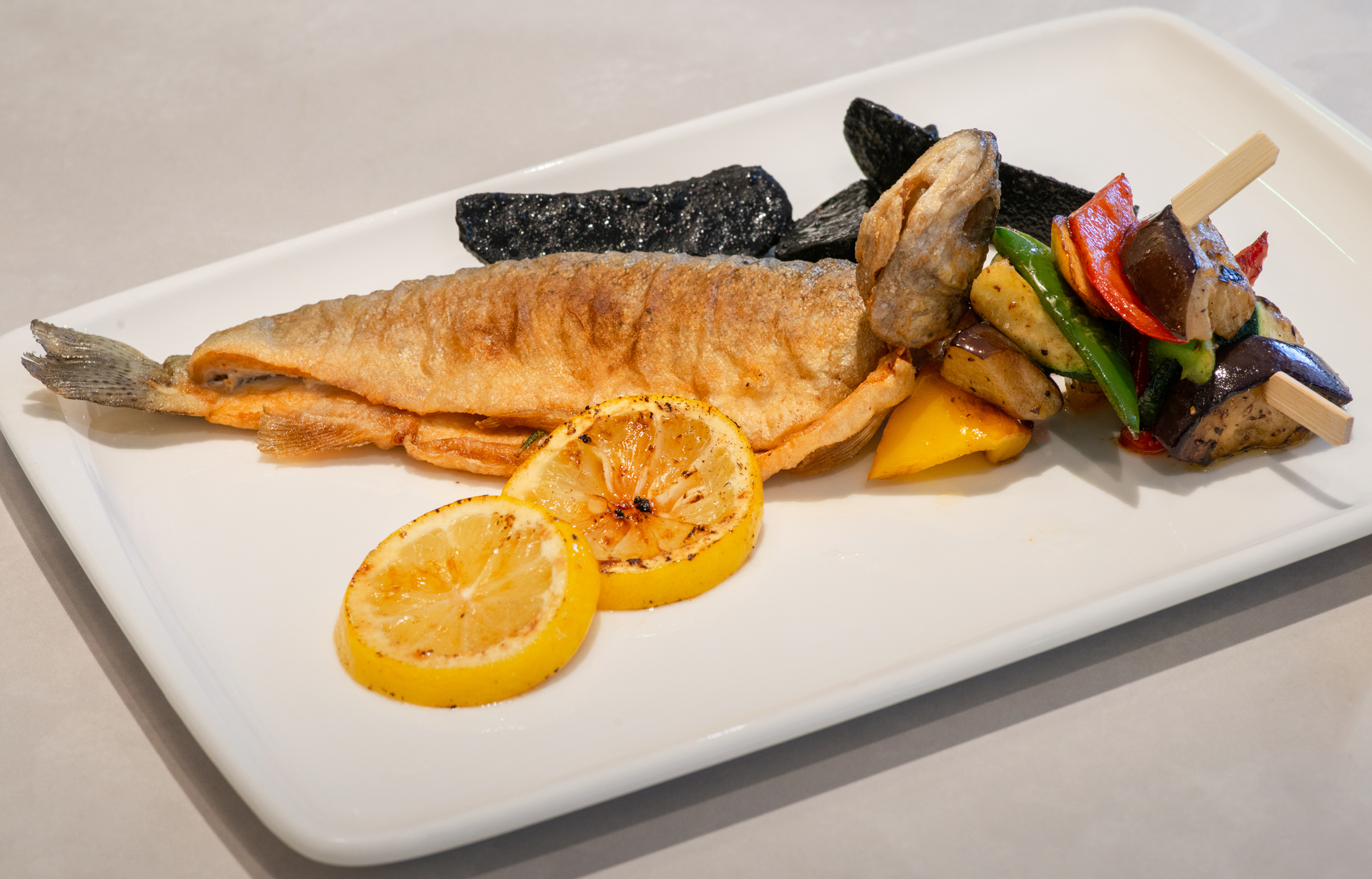 Photo: Pan Fried Trout Fillets with Vegetables Cake and “Black Potato” (Zsolnay Cafe)
Photo: Pan Fried Trout Fillets with Vegetables Cake and “Black Potato” (Zsolnay Cafe)
József Jaksics, chef of the Zsolnay Cafe, considers the Hungarian cuisine to be the fusion of several impressions, dishes, ingredients and tastes. The Hungarian cuisine combines everything that is worth it, and turns meals unique and more Hungarian, for example by striving for simpler solutions instead of the overcomplicated approach of the French cuisine. On the other hand, the Hungarian cuisine accepts any solution that helps eliminating its own shortcomings.
The pasta of the egg barley (tarhonya) has Iranian origins, the use of pasta dishes comes from Italy, the stuffed cabbage developed based on Middle Eastern and Turkish influences, the making of soups goes back to the time of the Hungarian conquest, while different sauces were already prepared in the middle ages, but were partly refined by the French influence, and the chimney cake (kürtőskalács) is a common, Central-Eastern European delicacy, just to name a few.
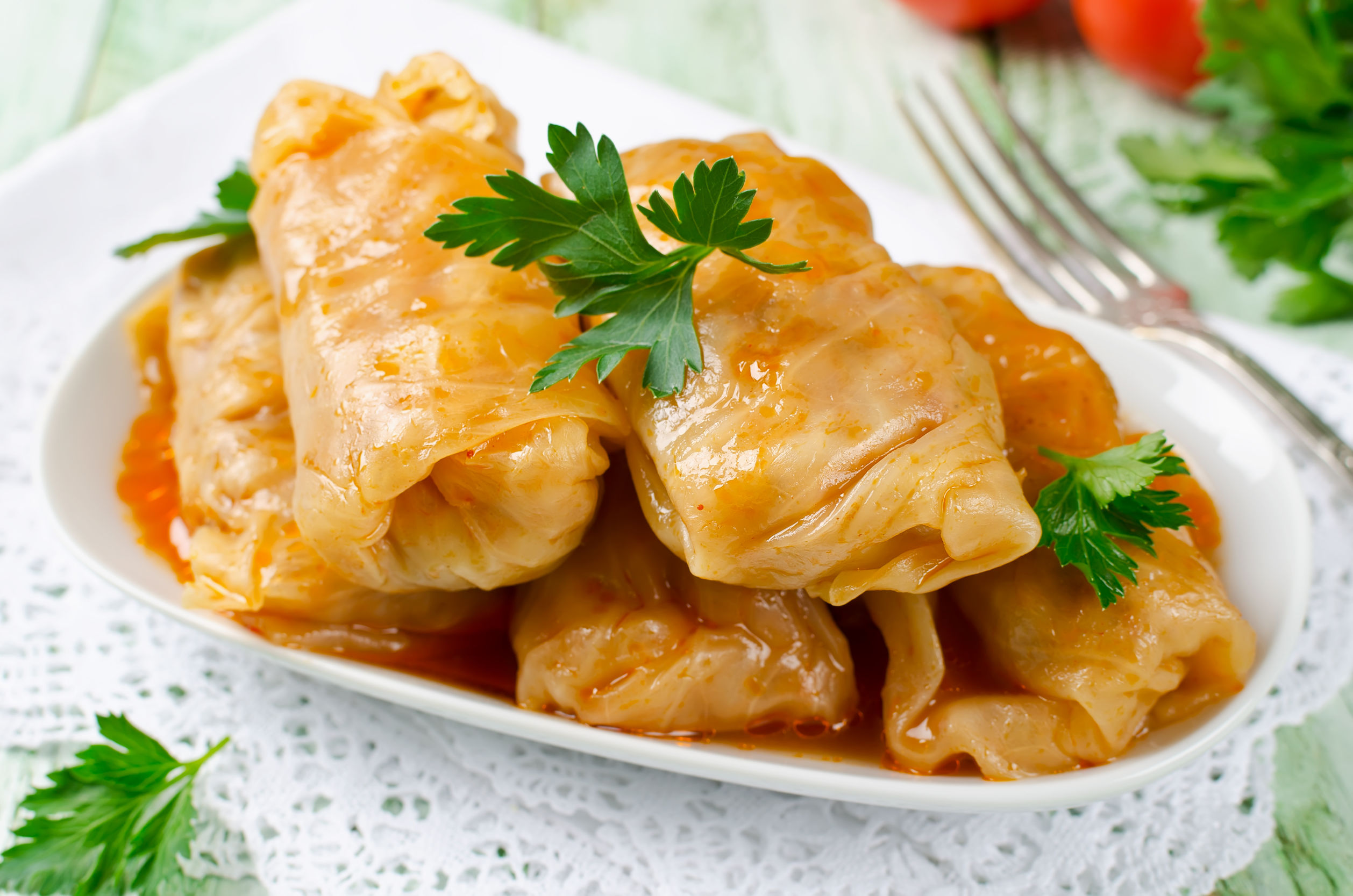 Photo: Stuffed cabbage rolls with rice and meat in tomato sauce
Photo: Stuffed cabbage rolls with rice and meat in tomato sauce
A few years ago Lajos Bíró said at the Gastronomika World Congress that Hungary had gotten to the centre of the world gastronomy. The Hungarian cuisine experiences a revolutionary era. Now it has reached back to the roots a little. During his 50-year-long gastronomical career, Bíró has observed the development of gastronomy both in Hungary and abroad—the latter has had a great impact on the former, however, he does not believe innovation to be the future of Hungarian cuisine.
“There has not been any radical changes or trends in gastronomy for the past ten years, and personally, I do not want to play around any longer, I would like to get back to the traditions. We are currently working on a book exactly about this classical Hungarian cuisine” he said to Magyar Konyha Online.
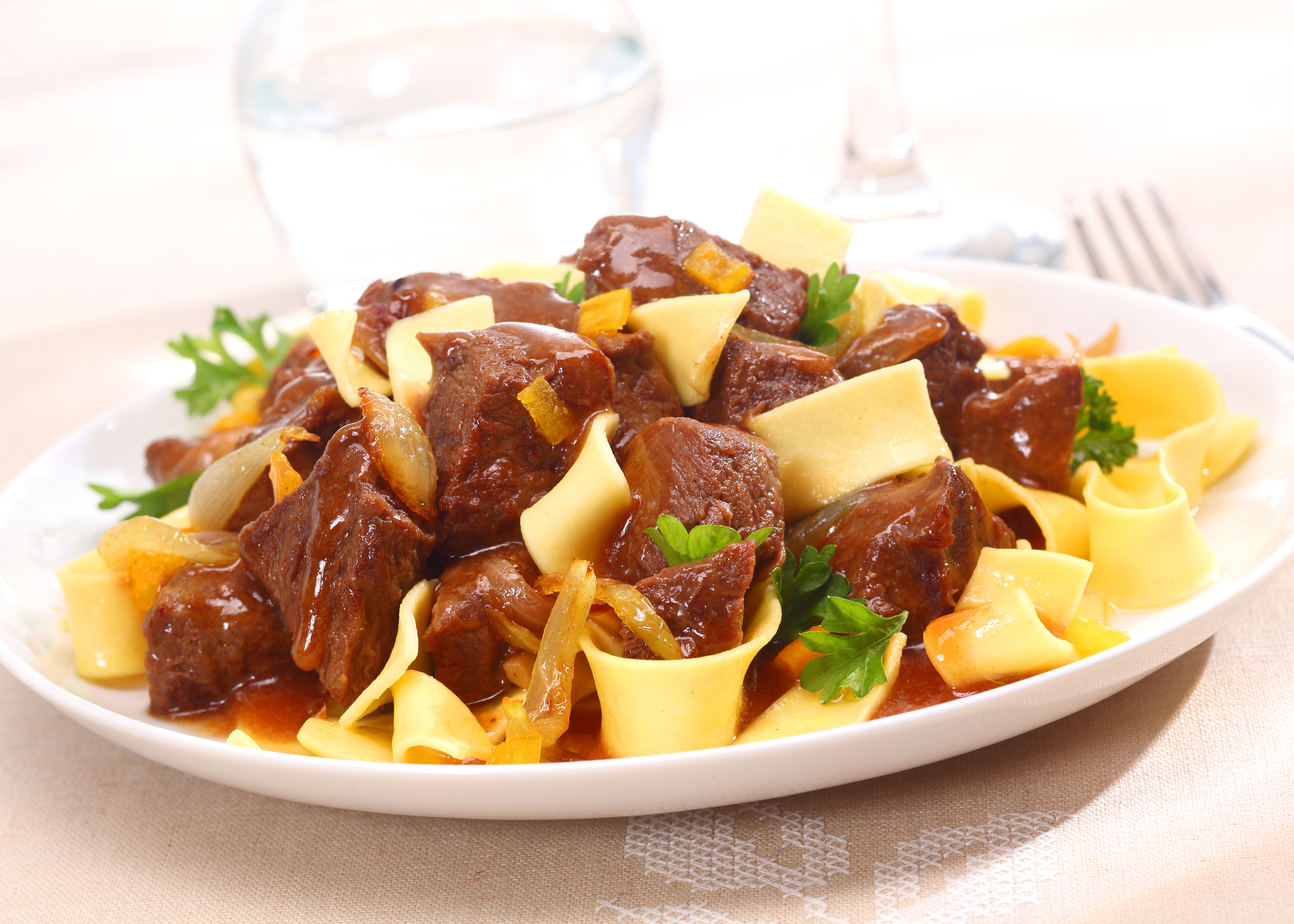 Serving on a plate of beef goulash, a stew that originated in Hungary, served with noodles and garnished with fresh chopped parsley
Serving on a plate of beef goulash, a stew that originated in Hungary, served with noodles and garnished with fresh chopped parsley
András Cserna-Szabó also shared his views with Magyar Konyha Online: “One can agree with the revolutionary slogan of “tradition and evolution”, yet I feel that tradition features less prominently. However, until the situation of tradition is not clear, evolution is also problematic, and the exploration of the culinary tradition in Hungary is in a rather gloomy state.
This is what leads to blunders such as the Czifra case: we proclaimed a non-existent chef the idol of the Hungarian culinary tradition, and fondled a cookery book as the basis of the real, authentic, 19th century Hungarian cuisine, that was probably a translation of a German or Austrian book.”
